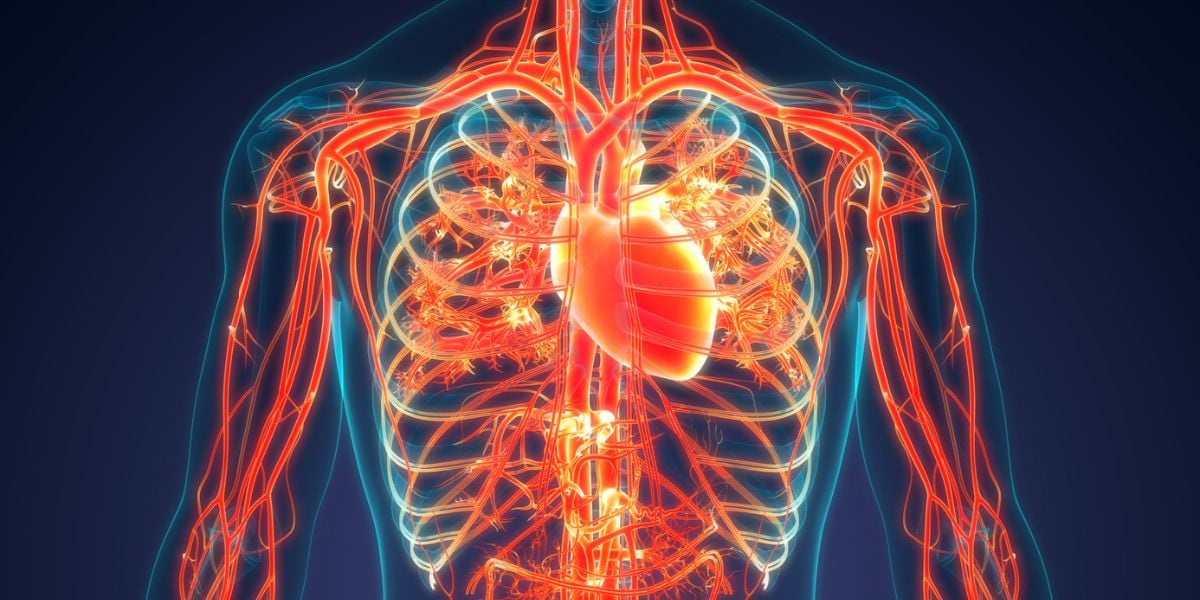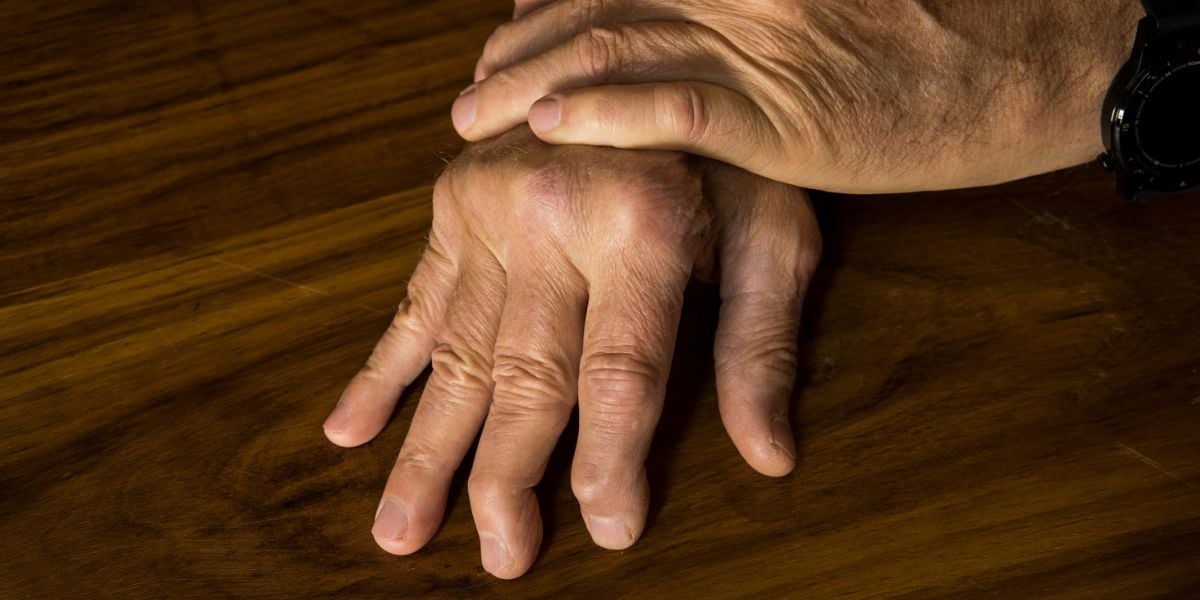Poor circulation is when one or more parts of the body receive inadequate blood flow.
Poor blood circulation, which will be experienced in people with peripheral arterial disease (PAD), can lead to a higher chance of developing serious foot problems.
The good news is that circulation can be improved, with exercise being one of the key factors.
Symptoms of poor circulation
Common symptoms of poor circulation include:
- Cold feet or hands
- Numb feet or hands
- Hair loss on your feet or legs
- A pale blue colour to the skin of your legs (applies to lighter skinned people)
- Dry or cracked skin, particularly of the feet
- Brittle toe nails
- Slow healing of wounds or sores
- Erectile dysfunction
- Slow healing of wounds can be particularly problematic in people with diabetes. Speak to your doctor if a wound is not healing properly or if you have sustained any damage to your feet.
Causes and risk factors of poor circulation
The following factors can both cause damage to blood vessels which increases the chances of developing peripheral arterial disease and reduced circulation:
- Smoking
- Diabetes
- High cholesterol
- High blood pressure
How is poor circulation linked with diabetes?
In people with diabetes, if high blood glucose levels are experienced over a period of years, our blood vessels can become damaged which can lead to plaque forming in the blood vessels rendering them unable to deliver a sufficient amount of blood to neighbouring cells.
Diagnosing poor circulation
People with diabetes should receive an annual foot examination The foot check should include a test for circulation in the feet.
Your doctor may wish to confirm the presence of peripheral arterial disease by using a test called the ankle brachial pressure index test (ABPI test). The ABPI test involves using a Doppler probe to measure the ratio between the flow of blood in your upper arm and the flow of blood at your ankle.
Treating poor circulation
Poor circulation can be improved through taking part in physical activity and through meeting diabetes health targets, such as:
- Achieving or getting closer to the target HbA1c range
- Meeting the blood pressure guidelines
- Meeting the cholesterol guidelines
- Ideally, we should all be taking at least 2 and a half hours of physical exercise each week, which helps towards better circulation as well as having a number of other health benefits.
The NHS states that after taking regular exercise for 6 months, people have with peripheral arterial disease have been able to improve their ABPI score by 20%, therefore showing considerable improvement in circulation.
If you smoke, taking steps to quit smoking will improve your chances of increasing your blood circulation.
Complications of poor circulation
There are higher risks of serious foot damage for people with diabetes and poor circulation. Poor circulation can mean wounds heal slowly and so injuries have a higher chance of becoming infected or developing a foot ulcer
Injuries to the foot are particularly dangerous in people with diabetes and poor circulation. The worst case scenario is the need for amputation which can occur if foot injuries are not treated at an early stage by a specialist. If you have diabetes and an injury to your foot, it’s important to consult your doctor so it can be treated appropriately.
A further complication that can develop is Critical limb ischemia (CLI). CLI is where circulation to the one or more of the limbs becomes severely impaired. Signs of CLI can include reddening or swelling of the toes which can develop causing the toes to become black or grey.
It is important to report any significant change in colour of your feet to your doctor.






